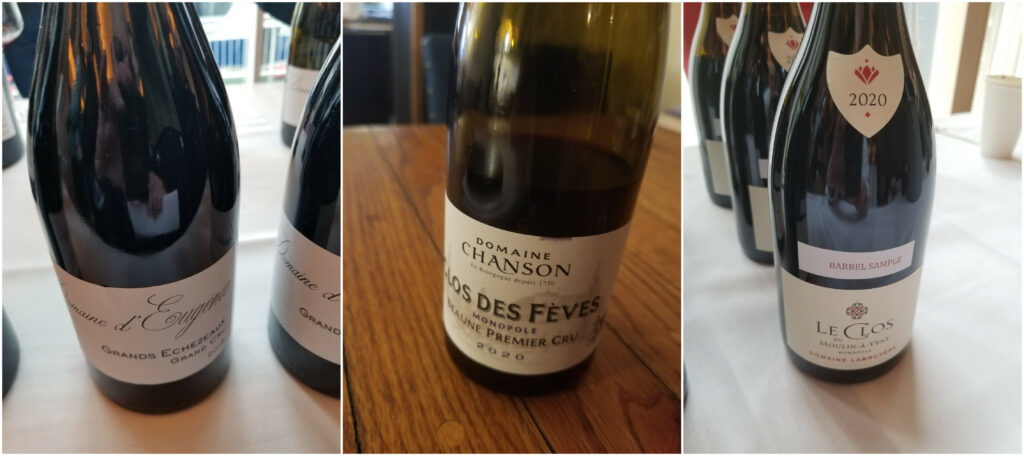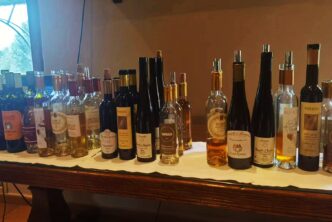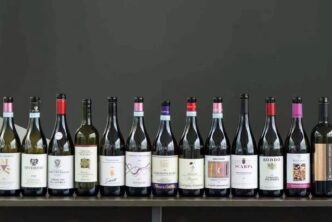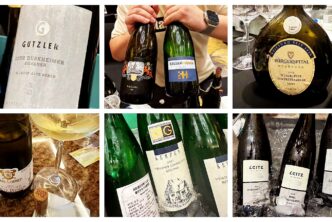What’s the 2020 vintage in Burgundy like? And what are the 2020 Burgundy wines like? Are they worth buying, collecting or passing on? Welll…According to Ludivine Griveau, the Director and winemaker at L’Hospice de Beaune: “The vinification process went perfectly for both white and red wines, and the balances that have emerged in our wines are extraordinary; and, let’s admit it, quite unexpected. The sunny side of the vintage is there, but the wines reveal an impressive aromatic freshness too. Acidities are very present and the densities are already felt. The whites have substance, without too high an alcohol content. The tannins of the reds are supple but powerful.”
I recently had the opportunity to taste about forty Burgundies from the very highly regarded 2020 vintage—about twelve whites and more than thirty reds. While this is not a large sample, it does give an important window into the vintage, if and when certain patterns appear over and over again. To note, these were all first-rate estates including Billaud-Simon and Christian Moreau in Chablis, Comte Armand, Chateau de La Maltroye, Michel Lafarge and Jacques Prieur in the Cote de Beaune and Domaines Burguet, Faiveley, Gallois, Humbert Freres, Lamarche, Lignier Michelot, and Meo-Camuzet, in the Cote de Beaune. Bruno Clair presented the magnificent 2019s. Apparently the domaine did not feel that the 2020s are ready for pre-bottling showing quite yet.

First some observations about the vintage as a whole. The 2020 was the third very warm year in a row, but nevertheless remained cooler in July and August than both 2018 and 2019. If anything, hydric stress was more of a problem for the vines than excessive heat. One of the recent noteworthy factors in Burgundy relative to vintage characteristics has been much more wind in mid-summer which dissipates some of the heat. This may help explain why there is a less of a roasted flavor in the wines! Picking for the whites began around August 20th, the earliest on record. While malic acid levels were low—invariable in very warm vintages– tartaric acid remained elevated. The bracing freshness of the whites which came in at 3.1-3.2 pH is doubtless due to the fulsome tartartic acidity. Every white Burgundy I tasted seemed vibrantly alive, friendly and vigorous. These will be the best white Burgundies since the great 2014 vintage. I suspect that many will be consumed young due to their appealing vivacity.
On to the red Burgundies: My tasting of 30 reds confirms Ms. Griveau’s accurate assessment. Wine after wine was dark, rich in appearance and texture on the palate, with a wonderful core of natural sweetness which was then quickly engulfed in lively acidity and bracing tannins. The tannins are unmistakable and very well-linked to the fruit, sucrosity and energy of the wines. I did not experience one awkward or sullen red Burgundy. The gorgeous core sweetness of Humbert’s village Fixin augurs very well for the lesser wines of the vintage!
I must comment on the greatest problem that Burgundy lovers face with the 2020s: the prices are extremely high. This trend has been increasing after 2015. Demand is way in excess of supply. Auction prices for older and recent wines are well known to the growers and the savvy public. One of the saving graces of the Burgundy hierarchical classification system is that the “lowly” village wines are still affordable. In a vintage such as 2020, these wines are superb and will drink much sooner than their Premier Cru and Grand Cru counterparts.

 中文
中文



